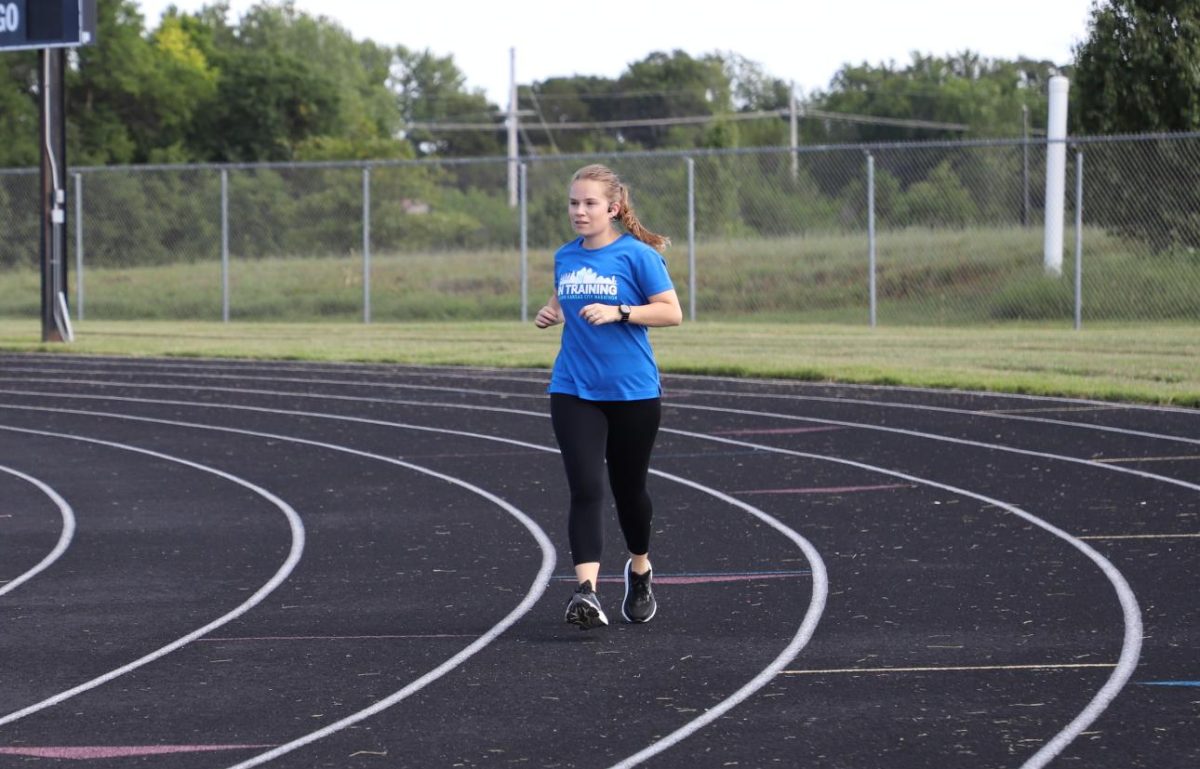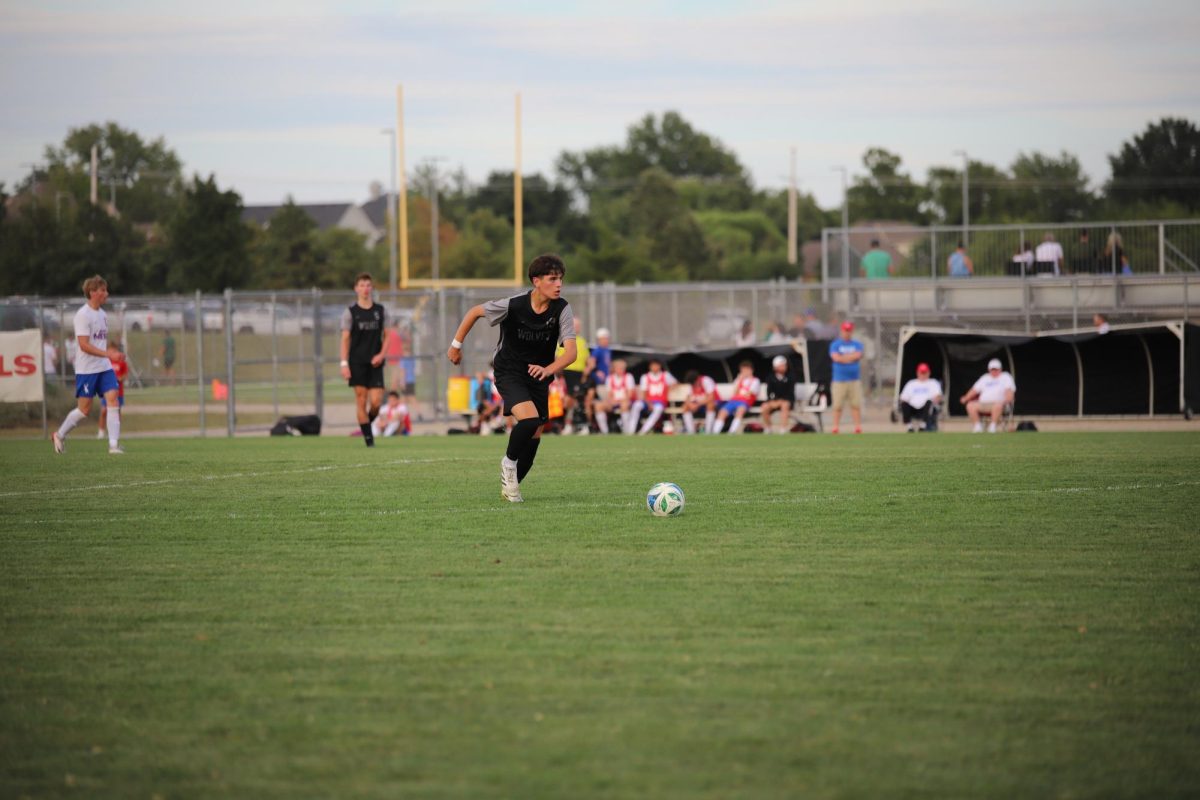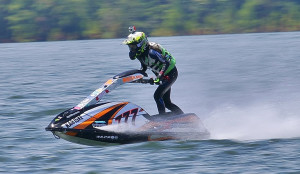The chill in the air is creeping in. The temperature drops and rain turns to soft snow that lands on the tongue. The water on the road turns to transparent ice, waiting for an unsuspecting driver. Certain winter conditions may be hazardous to even the most experienced of drivers. There are truly only a few reasons for accidents in the winter season. An icy road never caused a crash and neither has a slippery one. Drivers have caused crashes because they failed to compensate for the effects of a change in road conditions. “When I drove my first winter, I was a nervous wreck,” junior Kaleigh Bennett said. “But now I know to slow down a lot while I’m driving and brake earlier [than in normal conditions].”
Underestimating Traction
As the snow begins to fall, there is an obvious change in road conditions; the ground is covered in powder. Allowing more time to react is not about reducing speed, it is about increasing following distance. Increasing following distance in bad weather will allow a driver more time to react to slip ups. This is a good idea, but it will not affect braking distance. When driving, the amount of time between the moment brakes are applied and when the vehicle comes to a stop is the breaking distance. When driving in the snow, it takes more time for a vehicle to stop than if on dry pavement. At 35 mph on a dry road, minimum braking distance is approximately 62 feet and at 35 mph on snow it is about 136 feet. Minimum braking distance is panic braking – jamming on the brakes to stop as quickly as possible. If speed is adjusted so the vehicle can stop on the snow in the same 62 feet, it needs to be going about 23 mph. A common recommendation is reducing speed from two-thirds to one half the speed limit. For example, when driving 35 mph reduce speed to at least 23.34 mph. Even the most advanced driver’s overconfidence may lead to self-destruction.
You’re in Kansas. (Ditch the chains)
For those who are safety-conscious, it’s time for a wake up call: this is Kansas. Chains are not necessary for the everyday commute to school. Unless trekking across the western half of Kansas and up the Rockies, chains are not required and not needed. If planning on making a climbing expedition up the Rocky Mountains, chains are required on certain passes. Until then, don’t worry about chaining up the tires before heading to school.
Invisible Danger: Black Ice
Roads and bridges ice up quickly as the chill sweeps the area. Take extra caution on bridges; they ice up faster than a road surrounded by earth. A bridge is suspended above the ground, therefore it lacks the insulation of earth. Ice takes longer to form on a regular road because it is insulated by warm ground. Unsuspecting drivers may not realize this and they may not monitor their speeds while on a bridge. The biggest threat ice imposes upon drivers is that it is transparent. “I’m afraid of people who are being stupid,” sophomore Riley Clark said. “[They drive] thinking they can drive the way they usually do [in normal conditions], when there’s ice on the ground. You have to drive safe.” Many drivers brush off ice as being ‘no big deal’, that is, until they are involved in an accident. If the road seems to be even the slightest bit glossy or glazed, lower speed in these areas. It is likely that they are icy. Wet, shaded areas are also likely to stay icy when other areas are not because they don’t always get direct sunlight. Even if the snow storm has passed, take caution; the snow that has been packed down may have melted and created icy conditions that are unexpected. Ice may be fun to skate on, but as a driver, avoid it at all costs.
If you slept through the lecture, there are three major guidelines that are usually the downfall of many people involved in winter car accidents. Three hiccups in simple driving etiquette include:
1. What Were You Thinking?
If it’s avoidable, avoid it. As important as it may be to get to Starbucks for the morning coffee, or to get to the gym at 11 p.m. for nightly reps, if there’s two feet of snow on the ground; think again. Make sure whatever the reason may be to leave the safety of your home is reasonable and important.
2. Slow Down Speed Racer.
The second common error would be driving too fast or inattentively in dangerous conditions. This is a bit of a no brainer; no matter how many times the snowplow has been raked across the street, that slab of ice may still be there.
3. Watch Out for Dumb and Dumber
Finally, the last of the three big mistakes would be not paying attention to those who aren’t following rules one and two.
Losing lives from simple behavioral mistakes is never worth it. Stay smart, stay safe and drive on.









